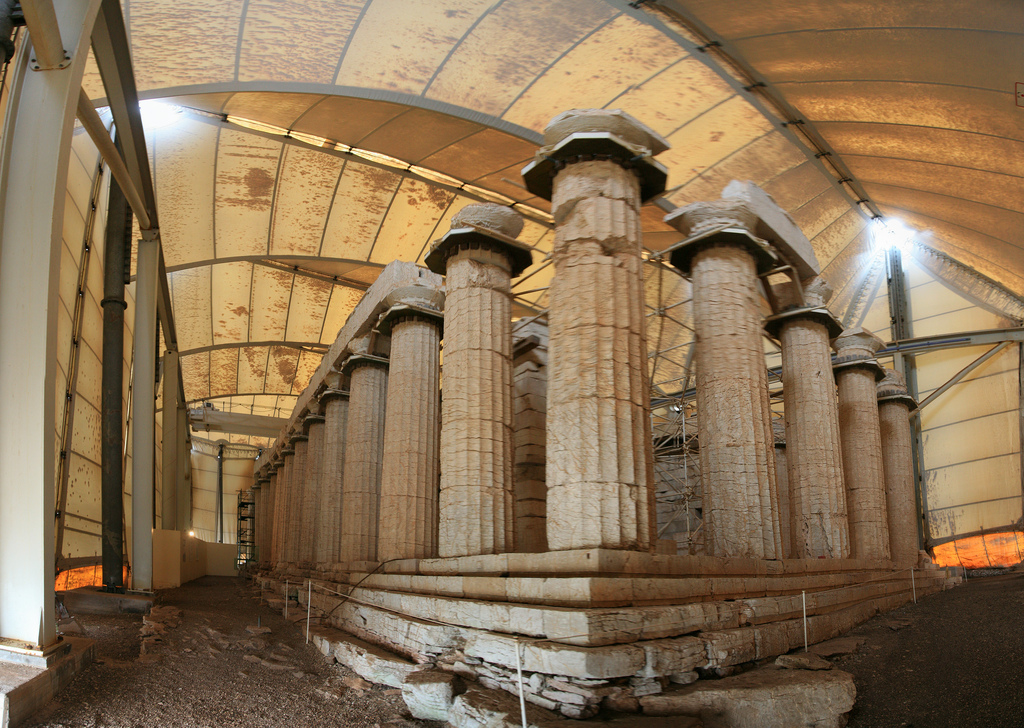At the same time as the construction of buildings on the Acropolis and the temple was built
of Apollo, probably from Iktinos, the ancient site of Vassai Figaleias (south of Andritsaina in Arcadia). The temple is located in a mountainous and inaccessible region, and was built mainly in the dark limestone area outside of the sculptures, the internal capitals and roof was made of marble.
The wing consisted of 6 for 15 columns and reduces to oldest forms of construction of temple orientation from north to south, in contrast to the usual east-west, the small door at the end of the east wall, the frieze was inside the cella and not on the outside of the church and the singular interior columns are the main innovations and unexplained construction. However, the church is terribly impressive in wild mountainous scenery.
A few years after his victory Paionios, Greek artists painted about
in 410 BC the frieze of the temple of Apollo at Bassai ancient.
The relief frieze was placed around inside the nave of the church and was based on the internal colonnades and walls. On 23 surviving plates exposed in the BritishMuseum presents battles with centaurs and Lapiths Amazons with Greeks. The forms are limited by the size of the plates and do not continue in the adjacent, as the Parthenon. The composition is less artistic than the identical issue of the Parthenon sculptures but nonetheless has its own strength and movement and transmits to the reader the intensity of the fighting.

